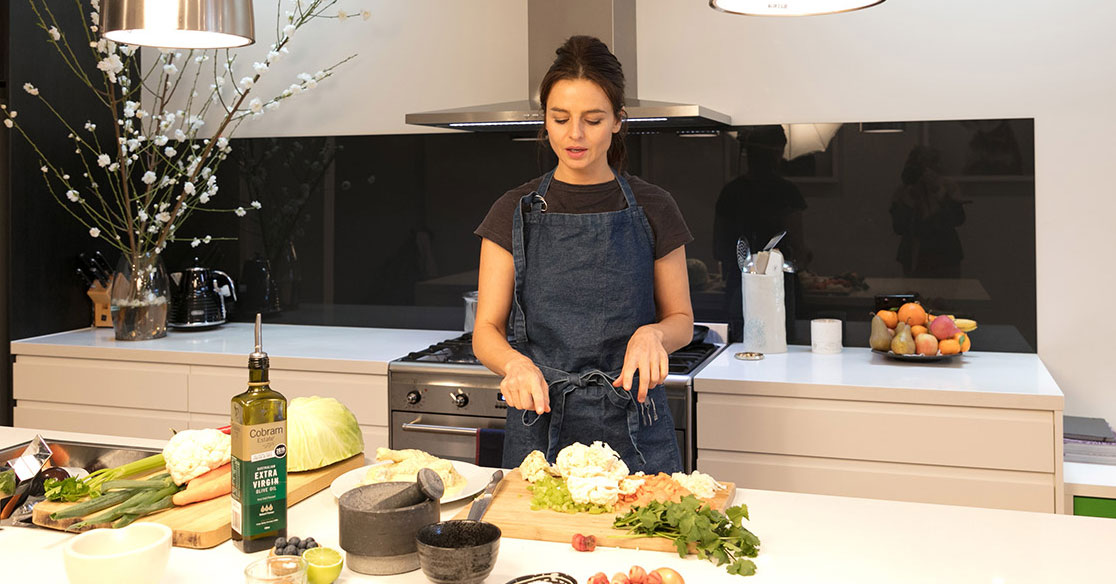“Never doubt that a small group of thoughtful, committed, citizens can change the world. Indeed, it is the only thing that ever has.” – Margaret Mead
Our Monthly Challenge: Be The Change
There is always more to do as the War on Waste continues.. in our homes, our neighbourhood and our community. The sharing of ideas, identifying and problem solving what’s within our reach, is a great place to start. Find a local campaign and help out. Involve our children, our neighbours, our local business owners and workplaces and begin by asking the simple question, “What can I do to contribute to the War on Waste?”
We spoke to volunteer and Alfalfa House member, Caroline Brakewell to find out how she’s contributing.
Let’s Get To Know…

Name: Caroline Brakewell
Everyone knows her as: C
Star sign: Libra. Unbalanced!
What makes you happy? My toddler. World peace.
What do you do for work? Health coach, chef, mamma and Marketing Director at Alfalfa House.
What do you do for fun? Travel. Dip in the ocean and nature. Hang with friends.
How long have you been a member? Around a year
What made you join Alfalfa House?
I was introduced by a friend who’s been a member for years. I love the philosophy of not for profit and waste reduction. Plus the great discount on food from some of Australia’s best suppliers and knowing I’m supporting them.
What’s the main products you buy at Alfalfa?
Everything. I’m addicted to the chocolate coated macadamia nuts and turmeric paste. Knowing I’m feeding my daughter pesticide-free produce is a big pull for me.
What was the catalyst to you becoming an eco warrior?
I’ve been pretty conscious since my 20s but I think stats like plastic particles taking over the number of fish in the ocean was too alarming to ignore, so I tightened up much more.
Name 3 things you recycle?
Hard plastic, cardboard & clothing
Name 2 things you reuse?
Glass and old containers for shopping at farmers’ markets and at Alfalfa House.
Name 1 item you have repurposed?
Clothes. I very rarely buy new ones and give away mine to my Goddaughter in Scotland.
Was it hard to start?
It’s been a gradual process that started many years ago when I was living in London and I’d refuse to use plastic bags. I educated myself and made more changes where I could.
Any tips on organisation skills to reuse or recycle?
Have my bags, jars and containers packed and ready every time I leave home. Use the carriage on my pram to store shopping in.
What is that one piece of waste that irks you?
Plastic wrapped fruit in supermarkets. Supermarkets full stop.
Who in your circle do you admire their war on waste? And why?
All of the speakers and presentations at our recent open day. All doing their bit whilst educating others to create a ripple effect in our communities.
What’s your favourite War on Waste campaign that you’ve heard of?
I think the Alfalfa House Zero Waste philosophy, which has been around since 1981 is in perfect alignment with the War on Waste campaign.
What is your one piece of advice for someone who is thinking about becoming an eco-warrior but doesn’t know where to start?
Start somewhere. Refuse plastic bags. Encourage your family to do the same. Look at what you can reuse. Ask if you really need that new dress when you can buy second hand.



